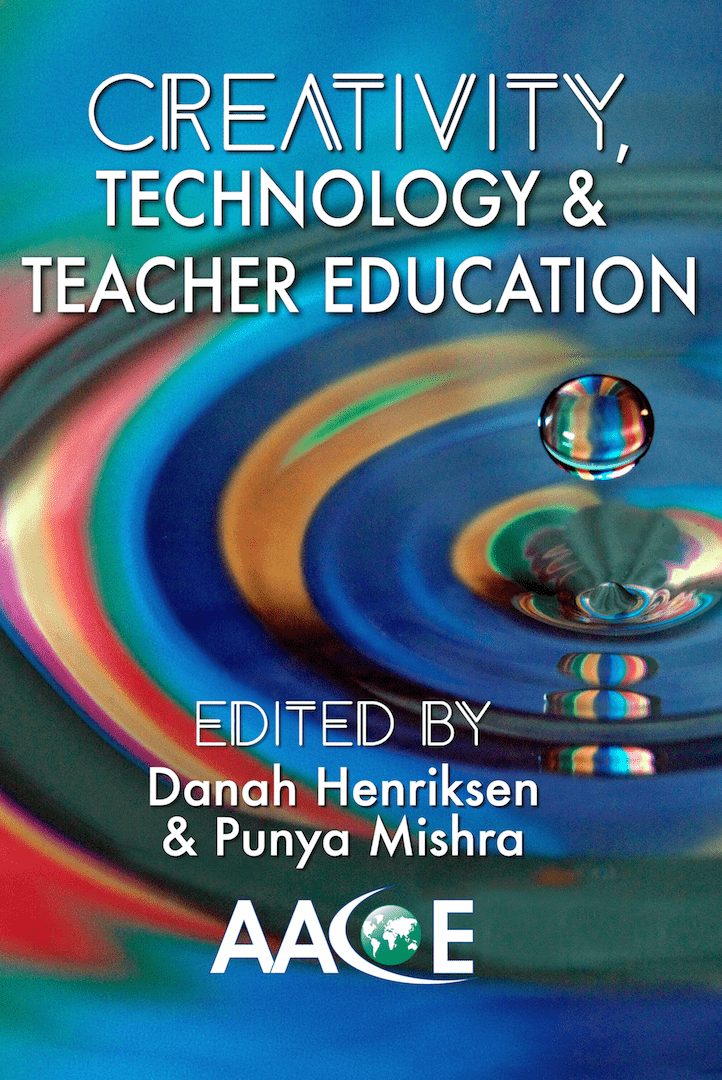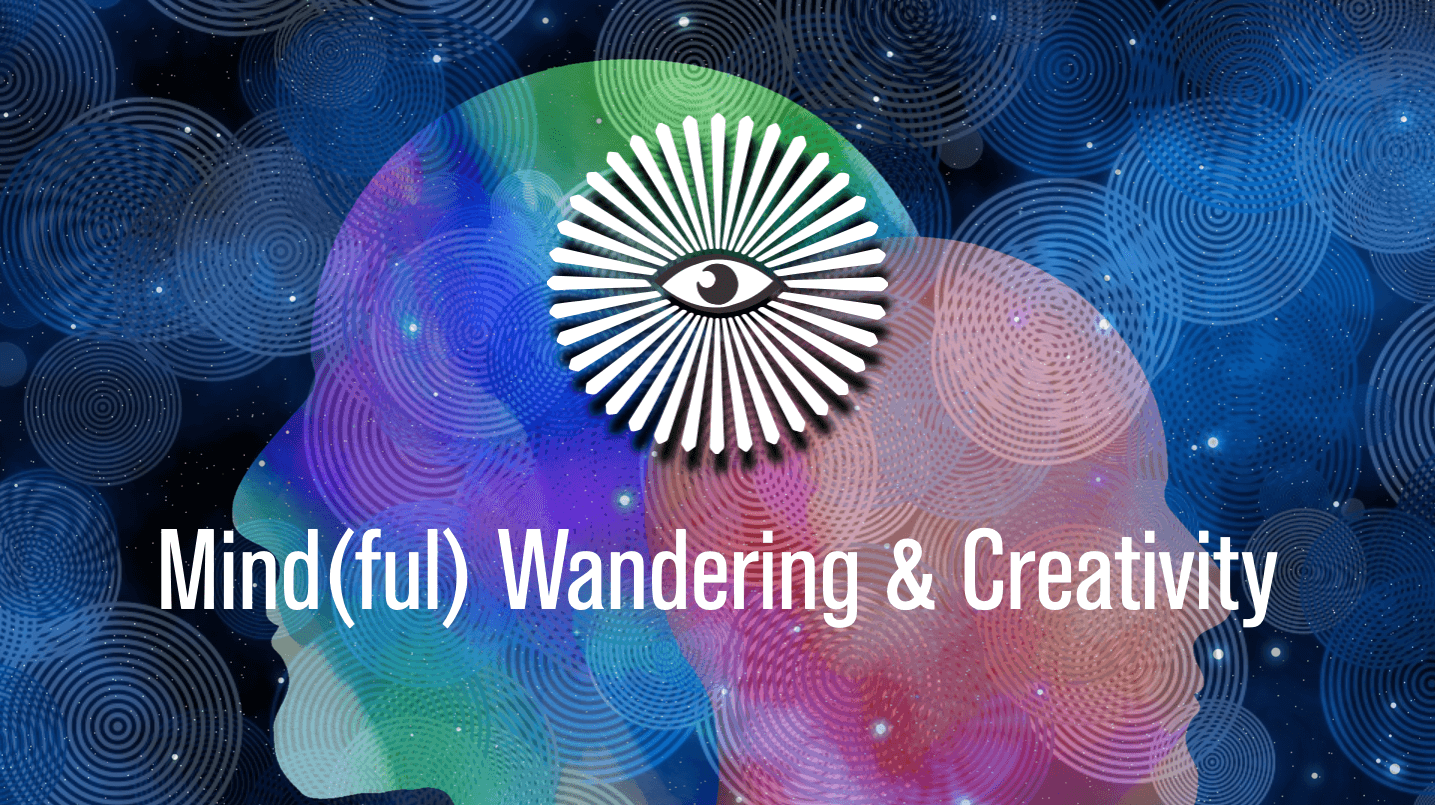Musings on local newspaper headlines, 2001 A Space Odyssey, media and creativity, and ending with some thoughts on the meaning of life… a lot to fit into one blog post but again I had the weekend to work on this.
I read our local newspaper, the Lansing State Journal every day, it is part of my daily ritual. The LSJ, however, is not a newspaper I look to for good, interesting writing. It has too many articles that if they weren’t real stories would make it to the Onion’s fake headlines (stories such as “Roommate says suspected street car racer ‘understood the risks'”). So imagine my surprise to find a thoughtful and well written essay commemorating the 40th anniversary of the release of Kubrick’s 2001, A Space Odyssey. Written by John Eberhart the article titled “Trying to fathom the mystery of ‘2001’” is a welcome change from stories about an area resident rescuing a pooch from icy water (another real headline, by the way)! In this essay Eberhart argues that the reason why 2001 the movie still excites our imagination is that, as with any true work of art, it finds the right balance between “excessive obscurity” and complete predictability. As he says, Kubrick’s movie is “not a total mystery, but enough mystery remains that we are drawn back to it.”
A bit of research reveals that Eberhart is book review editor for the Kansas City Star, (his official webpage can be found here) and the story ended up on the pages of LSJ through the magic of syndication. The original article (with a slightly different title) can be found here. Reading this essay prompted this extended musing – which as always – ends up going further than I had expected.

Arthur C. Clarke, whose recent passing away I had blogged, worked closely with Kubrick in developing this movie. It is fascinating to read Clarke’s description of how the two of them took a short story (The Sentinel, click here for a PDF version) and expanded, modified, extended it into a movie. This is collaborative process is documented very well in the book “The lost worlds of 2001” – a great case study of the zig-zag, maddeningly frustrating yet inherently exciting process of creative discovery. This collaboration between a writer (Clarke) and a film-maker (Kubrick) also shows how the nature of the medium influences the kinds of narrative and explanatory decisions we need to make. Clarke wrote of how pages and pages of text he would write would be rejected by Kubrick as being too “explanation heavy” but that the ideas in these pages would end up, in one way or the other, on the screen, often in a non-didactic, visual manner.
Kubrick’s greatness as a director was his deep understanding of the medium he was working with, knowing that the technology of film demanded a new syntactics and and a new semantics of communication. He was famous for pushing the development of new technologies for telling his stories, (for instance he helped develop a new kind of camera lens for the filming of Barry Lyndon, and the new ways of setting up cameras to shoot scenes inside the spaceship in 2001). [This notion that different media influence how messages are best communicated is at the heart of our TPACK framework. True creative teaching (or film-making) is the art of finding the right solution that brings together what is to be conveyed, the techniques for communication, and the capabilities and potentials of the technology or medium. So much so that it is difficult to tease apart these components.]
2001 is a movie of big ideas: about what it means to be human, what is our relationship to technology, about our place in the cosmos, and our inability to answer some of these questions. 2001, thus, is a profound, deep and thoughtful attempt to use the medium of film to explore these ideas. And the style Kubrick chooses is intensely visual, deliberately paced, with minimal dialog. The first section of the movie has no dialog because there are no thoughts to express and no words to express them with. This is mirrored in the third and final section which has no dialogs because thoughts have far outstripped the ability of words to convey meaning. The section in between, set somewhere in the near future (as the 1960’s would imagine 2001 to be) has words, but even here it is amazing just how few, and ineffectual they are. Humans for the most part seem remote and disconnected from each other and, strangely enough, the most engaging character is the computer HAL!.
As is clear, 2001 is a ambitious movie (some would even say too ambitious). But it does do one thing right – it asks the right questions and tries to come up with an answer. And it does so in an ambiguous manner, allowing for multiple interpretations and readings. And that is its strength. It seeks, through the medium of film, to penetrate a “fundamental disparity between the way we perceive the world, including our own experience in it, and the way things actually are” (Dalai Lama quoted by Eberhart). That this is an effort doomed to failure is neither here nor there. In fact, the last line of dialog in the film speaks to this very possibility of failure: “Its origins and purpose [are] still a total mystery.” In the movie this dialog is about a black monolith – but works as aptly for the universe we live in.

Steven Weinberg, physicist and Nobel laureate, wrote a book many years ago titled The First Three Minutes, in which he attempted to explain current theories of the origin of the universe. He ended his book with the following words:
The effort to understand the universe is one of the very few things that lifts human life a little above the level of farce, and gives it some of the grace of tragedy.
It seems to me that Kubrick and Clarke (and Eberhart) would agree that it is the attempt to penetrate these mysteries (through science and art) that gives our lives meaning.





After finishing this post, I sent a note to the author of the essay which inspired me to write it. This is what I said:
****
From: Punya Mishra
Subject: Thanks
Dear Mr. Eberhart —
I recently read your piece about 2001 A Space Odyssey and was prompted to write a little blog posting about (and inspired by) it. You can find it by going directly to http://punyamishra.com/2008/04/13/2001-40-years-after/
This is still somewhat in a draft form (what isn’t) and I would appreciate your comments or thoughts.
****
I got a sweet and wonderful response back, quite promptly. This is what it said:
*****
I just finished reading your amazing, wonderfully pensive post. Sir, if this is just a draft, then you are worthy of the envy of many writers. I can’t say that I would suggest changing anything at all. Thank you very much for referencing my article; I am glad you found it of some use. I’m also pleased to meet, in cyberspace, another person who appreciated “2001.” I use that phrase instead of “fan” for obvious reasons; fandom isn’t very attractive these days.
I find it startling that it has been 40 years since “2001” was released. Startling, too, that nothing has surpassed it. Filmmakers now have computer software and other visual tools far more sophisticated than those Mr. Kubrick had at his disposal, yet “2001” remains, in my opinion, the best-looking science fiction movie of them all.
All the best to you. I’ll keep watching for your posts.
John Mark
*****
This is what I wrote back to him:
Thank you for your prompt and kind response. I am glad you like the piece. It is rare that in my local newspaper I find a piece that connects Kubrick and 2001 and the Dalai Lama with the idea of Shunyata. I am originally from India and the idea of Shunya (rhyming as it does with my own name) is one close to my heart.
As for whether this piece was a draft or a final version – I am not so sure. What I like about writing for the web is the the fact that I can always go back and fix that awkward phrase, subdue that stubborn idea that refuses to be pinned down… so in that sense all my blogging is drafty. Drafty both in the sense of being unfinished and also in the sense that it lets in the wind through the cracks in the logic. But again, it is a great way to exercise my mind, push a few ideas around, and let them go. This is not a privilege offered to me in my more formal academic writing.
Once again thanks for reading and more importantly thanks for writing your piece. take care
~ punya